SpaceX continues to build full-scale Starship hardware at a jaw-dropping pace, testing the limits of rocket production to complete the fifth full-scale prototype in three months and prepare the ship for its first Raptor engine ignition tests.
This time around, SpaceX CEO Elon Musk is fairly confident that the latest Starship prototype – known as serial number 3 (SN3) – has the best chance yet of becoming the first full-scale ship to pass acceptance tests and kick off a Raptor engine static fire campaign. A step further, if said static fires go according to plan, Starship SN3 could become the first full-scale vehicle of its kind to perform controlled flight tests.
Starship SN3 will thus attempt to follow in the footsteps of Starhopper and hopefully avoid an unintentional launch debut similar to the one that destroyed Starship SN1 earlier this month. A successful Starship flight test powered by three Raptor engines would be a major bode of confidence in the upgraded rocket factory SpaceX is building in South Texas. Musk recently made it clear that setting up the machine that builds the machine is currently just as important as individual Starship tests. Thankfully, given that SpaceX is already managing to build colossal rocket prototypes in a matter of weeks for what has to be pennies on the dollar, all with a team of just a few hundred people, the next Starship test campaign is likely just a week or two away.
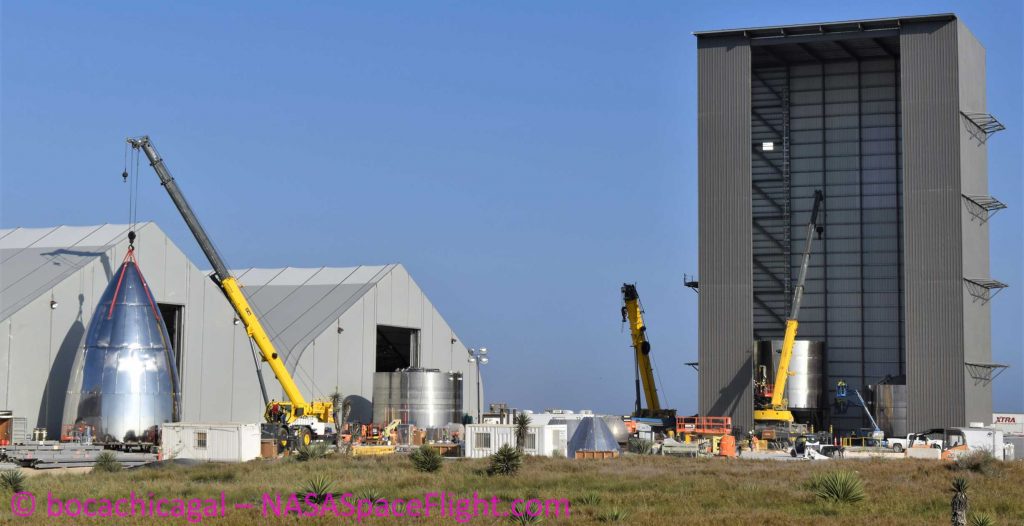
On March 9th, Musk revealed that the Starship SN2 prototype – an incomplete tank repurposed for specific testing – had passed a proof test with flying colors. SN2’s brief test campaign managed to prove that SpaceX had already fixed the weak point believed to have destroyed Starship SN1 less than two weeks prior. Featuring a redesigned engine section and thrust structure (or “thrust puck,” per Musk), the Starship SN2 test tank survived pressure testing and even made it through engine thrust simulations with the help of an industrial-scale hydraulic jack.
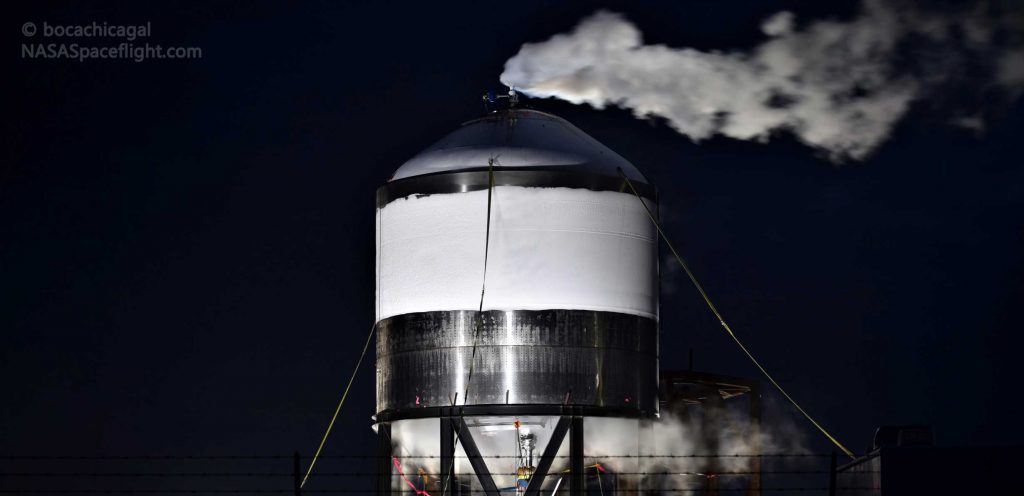
While the tank passed its tests looking no worse for wear, the last-second design changes SpaceX had to make to rapidly perform thrust structure verification testing made it impossible to repurpose for any alternative use. Starship SN2 has thus been relegated to the scrapyard, a technical necessity but also a sign of both the program’s high rate of progress and low prototype cost. SpaceX’s Boca Chica factory has already more or less completed a new engine section for Starship SN3 and is probably just a day or two away from integrating it with the rest of the steel vehicle.
Less than three days after SpaceX’s brand new vehicle assembly building (VAB) had a single, small Starship section sat inside it, two additional sections of Starship SN3’s tank section departed their fabrication tents and were stacked on March 18th. Less than a day later, the third segment of the rocket’s tank section capped off the two that were stacked the day before. Once those three stacked sections are fully welded together to form a single, cohesive piece of steel, it will need to be stacked atop the aft tank dome and thrust structure to effectively complete Starship SN3’s tank section.
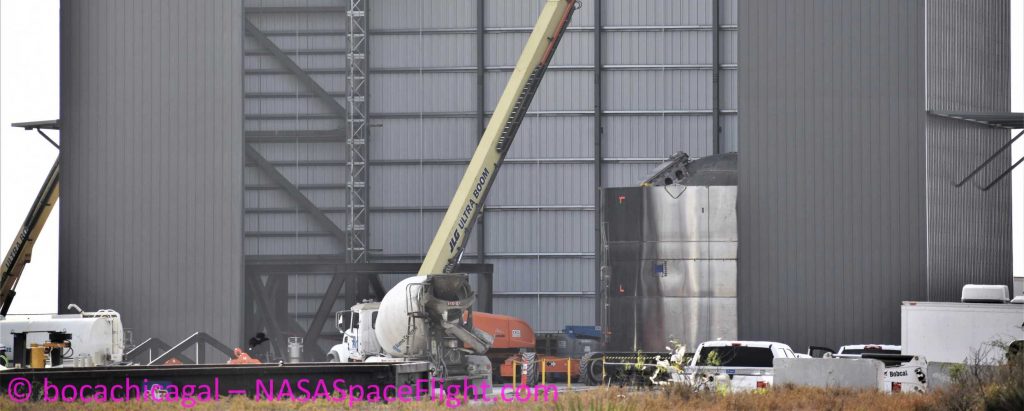
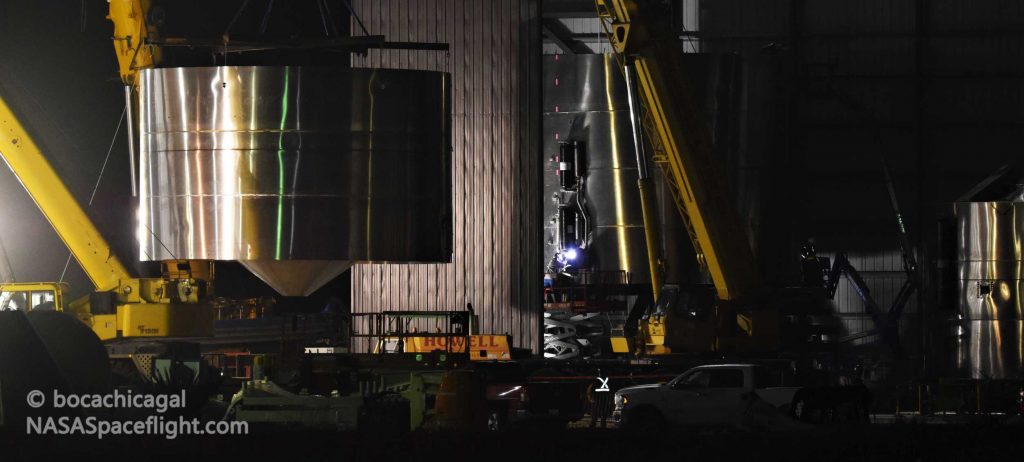
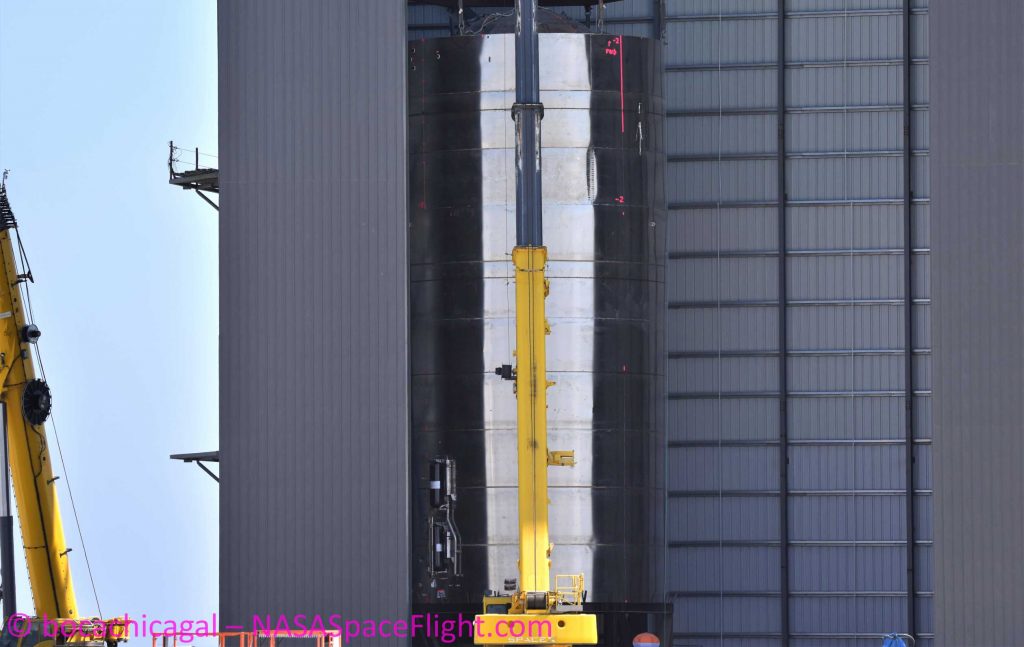
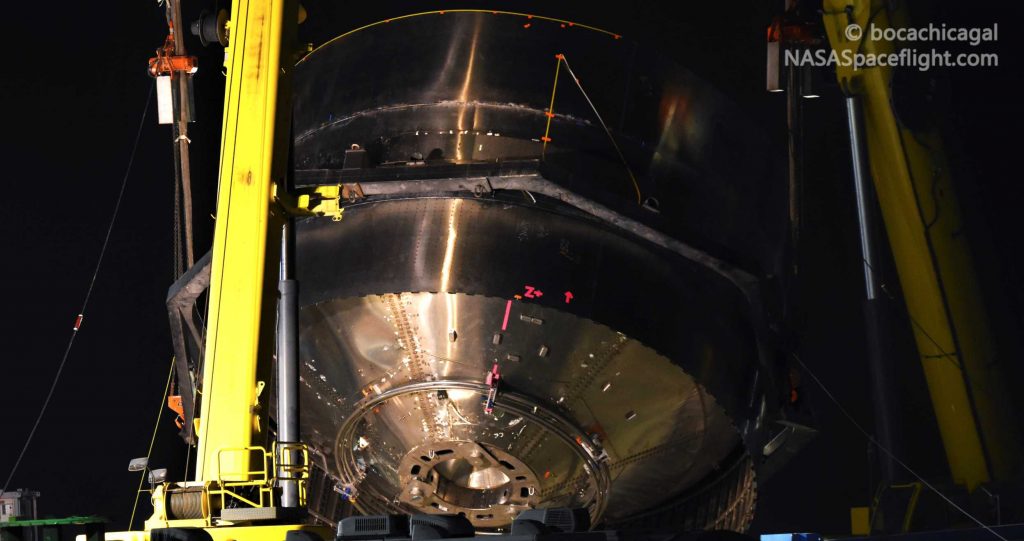
After all four sections are joined, technicians will need to install a few internal parts, but most remaining work mainly involves running wiring and plumbing for power, communications, propellant management, and pressurization. More likely than not, SpaceX replicate its Starship Mk1 and SN1 testing strategy and bring Starship SN3’s tank section to the launch pad for proof testing as soon as outfitting is complete. If the rocket passes proof testing, SpaceX can – for the first time – install functional Raptor engines on a full-scale Starship prototype and begin a crucial wet dress rehearsal (WDR) and static fire test campaign.
At the current rate of progress, SpaceX could easily be ready to transport Starship SN3 to the pad within the next week, give or take. Stay tuned for updates as the company works to quickly finish SN3 integration and move onto the testing phase.
Check out Teslarati’s newsletters for prompt updates, on-the-ground perspectives, and unique glimpses of SpaceX’s rocket launch and recovery processes.

(adsbygoogle = window.adsbygoogle || []).push({});
<!–
–>
var disqus_shortname = «teslarati»;
var disqus_title = «SpaceX Starship prototype speeding towards launch pad for first Raptor engine tests»;
var disqus_url = «https://www.teslarati.com/spacex-starship-prototype-first-raptor-engine-tests/»;
var disqus_identifier = «teslarati-133701»;

